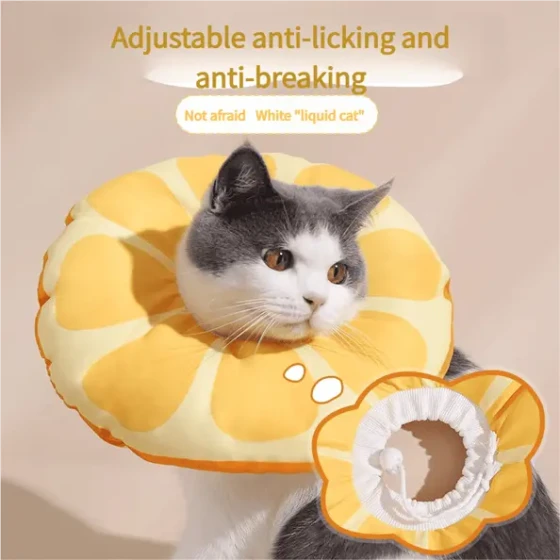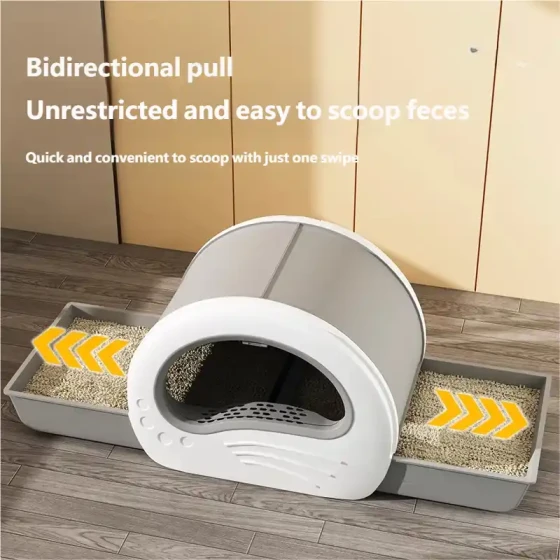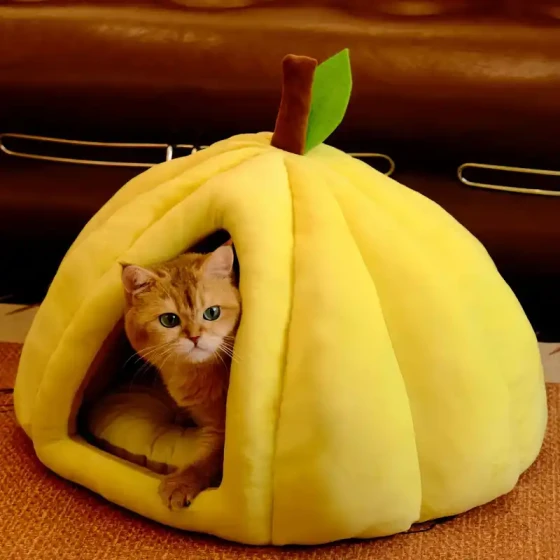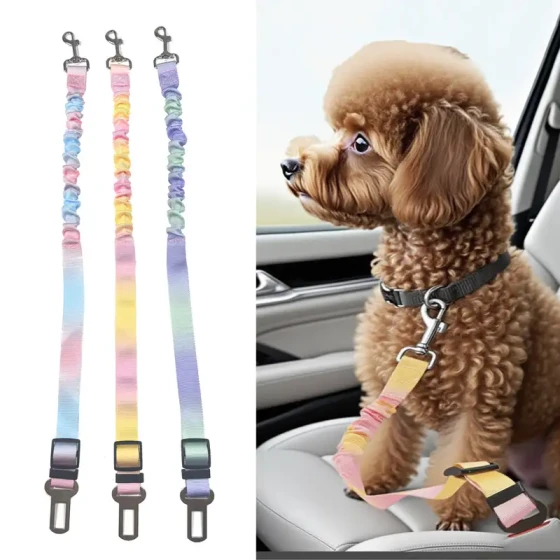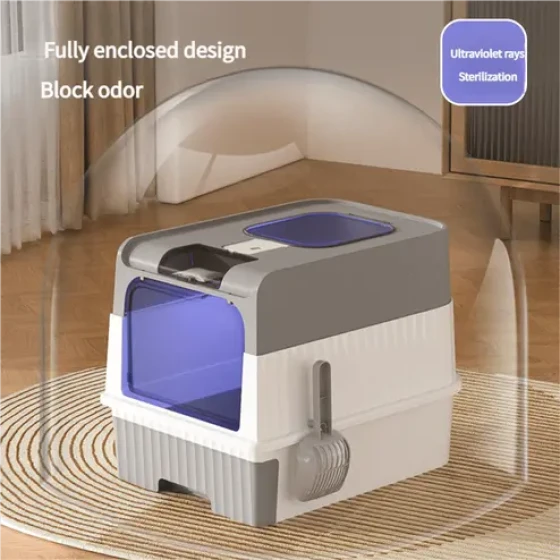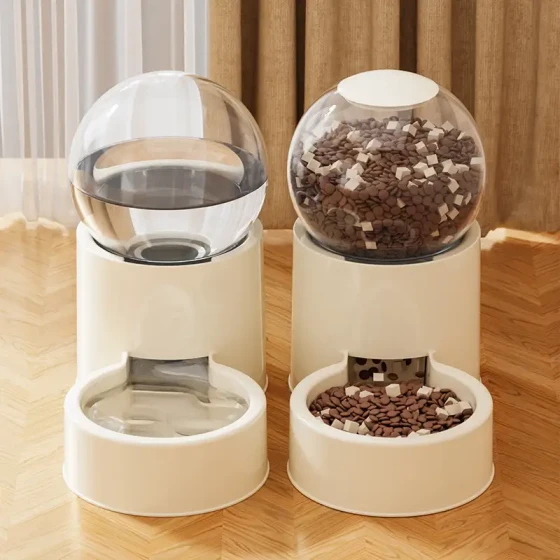Brown stuff on the edge of cat's eyes_Analysis of the causes of brown secretions around cat's eyes
Brown secretions appearing on the edge of a cat's eyes may be a normal phenomenon, but they can also signal potential health problems. Normally, cats have a small amount of eye discharge that, when dried, turns light or dark brown, similar to human eye crust. Cats usually clean this themselves while grooming. However, if the brown secretion is excessive, has abnormal color (such as yellow-green), a sticky texture, an odor, or if the cat shows other discomfort symptoms like eye redness, frequent blinking, squinting, scratching the eyes, lethargy, loss of appetite, or even sneezing and nasal discharge, attention should be given, and the cat should be taken to the vet promptly.
The causes of brown secretions around a cat’s eyes are varied, ranging from simple daily cleaning issues to complex eye diseases. Understanding these potential causes helps us better care for our cat’s eye health.
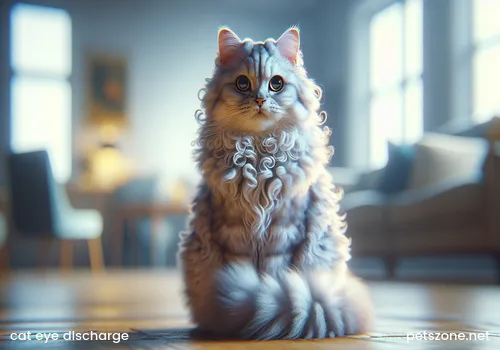
Common cause analysis of brown secretions around cats' eyes
Brown secretions at the edges of a cat’s eyes are like “eye crust” humans get in the morning. Small amounts of dried brown discharge are usually a normal physiological phenomenon. Tear fluid contains lipids and proteins that dry in the air to form secretions. Additionally, “porphyrin” substances in tears oxidize when exposed to air and can appear reddish-brown or brown, forming tear stains.
However, if brown secretions increase or are accompanied by other abnormal symptoms, caution is needed. Here are some possible causes of abnormal brown secretions around a cat’s eyes:
- Tear drainage obstruction: This is a common cause of tear stains and increased secretion around the eyes. Cats have a nasolacrimal duct between the eyes and nose that drains excess tears to the nasal cavity. If blocked (due to congenital malformations, inflammation, infection, or other causes), tears cannot drain properly and overflow from the eye corners, forming brown tear stains over time. Some flat-faced breeds like Persians and Himalayans have facial structures making the nasolacrimal ducts more likely to curve or narrow, causing poor tear drainage and more tear stains.
- Eye infections and inflammation: Bacterial, viral (especially feline herpesvirus), fungal, or parasitic infections can cause eye inflammation such as conjunctivitis or keratitis. These inflammations stimulate increased secretion, which may be thick yellow or yellow-green, possibly drying into brown. Infection-related discomfort may also include eye redness, swelling, pain, frequent blinking, or squinting. Feline herpesvirus infection is a common cause of conjunctivitis with increased secretion, especially in kittens or immunocompromised cats.
- Allergies: Cats can be allergic to environmental substances like pollen, dust, smoke, perfumes, or certain food ingredients. Allergic reactions may cause itchy eyes and increased tearing, producing brown secretions.
- Foreign body irritation: Dust, hair, small particles entering the eye may irritate it, increasing tears and secretions to expel the foreign material.
- Eyelid or eyelash abnormalities: Entropion (inward-turned eyelids causing lashes to rub the eyeball) or abnormal eyelash growth (distichiasis) can continuously irritate the eye, leading to tearing, increased secretion, and potentially corneal damage and infection with prolonged irritation.
- Improper diet: Some believe that oily, high-salt diets or lack of certain vitamins may cause "internal heat," leading to increased and discolored eye secretions. Although this requires more scientific evidence, maintaining a light, balanced diet and adequate water intake is always beneficial.
- Other health problems: In rare cases, brown eye secretions may indicate systemic diseases such as feline infectious peritonitis (FIP).
How to handle brown secretions around your cat’s eyes?
When you notice brown secretions around your cat’s eyes, stay calm and observe the amount, color, texture of the secretion, and your cat's overall condition.
- Daily cleaning: If it is just a small amount of dried brown secretion, home cleaning can be attempted. Use a clean, soft cotton ball or gauze moistened with warm water (preferably boiled then cooled water or saline), and gently wipe from the inner to the outer corner of the eye. Use a new cotton ball for each eye to avoid cross-contamination. Never use your fingers or dry tissues directly to pick at the secretion to avoid damaging the delicate skin around the eyes. If the eye area is moist after cleaning, gently absorb moisture with a clean tissue.
- Adjust diet and environment: If diet or environmental factors are suspected, try switching to low-salt, light, easily digestible cat food and ensure adequate water consumption. Regularly clean the living area to reduce dust, hair, and other irritants.
- Seek veterinary care promptly: If brown secretions are excessive, have abnormal colors (yellow, yellow-green), are sticky with odor, or if the cat shows eye redness, pain, frequent scratching, squinting, poor spirit, loss of appetite, sneezing, nasal discharge, or other symptoms, seek veterinary care immediately. The vet will perform a detailed examination to determine the cause and provide professional treatment, which may include pet-specific eye drops, ointments, or other medications. Never use human eye drops or medicines on cats to avoid harm.
Tips to prevent eye problems in cats
- Regular observation: As a cat owner, routinely observe your cat’s eyes for abnormal secretions, redness, tearing, and other issues.
- Maintain a clean environment: Regularly clean your home, especially areas where cats spend time, to reduce dust and hair. Choose low-dust cat litter.
- Balanced diet: Provide nutritionally balanced, high-quality cat food ensuring adequate vitamins and hydration.
- Regular check-ups: Take your cat for one or two full health check-ups per year, including eye exams, to detect and treat problems early.
- Careful use of irritants: Avoid using strong-cleaning agents, perfumes, or other irritants near cats.
- Proper trimming around the eyes: For long-haired cats or those with long hair around the eyes, trim fur suitably to avoid eye irritation.
- Vaccination and deworming: Follow your vet’s advice to vaccinate cats against infections causing eye problems and perform regular internal and external parasite control.
Frequently Asked Questions
- Does brown secretion on the edge of a cat’s eyes always mean illness?
Not necessarily. Small amounts of dried brown secretions may be normal, but if excessive, abnormally colored, or accompanied by other symptoms, it could signal health issues requiring veterinary examination. - How to clean brown secretions around cat’s eyes?
Use clean, soft cotton balls or gauze moistened with warm water or saline. Gently wipe from inner to outer eye corners. Use a new cotton ball for the other eye. Do not pick with fingers. - When should I take my cat to the vet immediately?
If secretion is abundant, has abnormal color (yellow-green), has an odor, or if the cat shows eye redness, pain, squinting, frequent scratching, lethargy, loss of appetite, sneezing, nasal discharge, etc., seek prompt veterinary care. - Are flat-faced cats more prone to tear stains?
Yes. Breeds like Persians and Himalayans have facial structures that make nasolacrimal ducts more likely to be blocked, causing increased tear stains.
In summary, brown secretions on the edge of a cat’s eyes may be normal or indicate health issues. Responsible cat owners should learn to observe and distinguish conditions, provide regular care, and seek professional veterinary help when necessary to ensure their cats have bright, healthy eyes.
